Ask Me Anything • Licensed Master Plumber
Sailorthom said:
Here are some pics from the access panel for more info.
Oh good. There are already valves there. Choose your poison for cutting and joining copper and take your time. It's not an easy thing to do. You'll see.
Question: What is the expected lifetime of steampipes or boiler in a radiator system? I can see that the water chemistry may matter. Maplewood water is slightly hard and the pH is very much controlled to near seven.
RobertRoe said:
Question: What is the expected lifetime of steampipes or boiler in a radiator system? I can see that the water chemistry may matter. Maplewood water is slightly hard and the pH is very much controlled to near seven.
The pipes will last indefinitely. So will the radiators. A steam boiler should last somewhere within 20-30 years. It's only the boiler that that feels the effects of the water quality.
Thank you for this info on pipes and radiators. As a single-family homeowner of a house that is about 100 years old, this is good info and a relief.
A follow-up thought on steam radiator systems. Should soft water or other water treatments be used if the water is hard (high levels of calcium and magnesium) in home use furnaces or in large apartment-sized heating systems? I am thinking that soft water may be corrosive and shorten the lifespan of boilers and pipes.
Now looking into sump pump replacement in basement pit. This was installed about 10 years ago with new addition per town requirements. It burned out suddenly in a year or two with no water ever in the pit, Today the basement is flooding in that area, and I need to replace ASAP.
Sailorthom said:
Now looking into sump pump replacement in basement pit. This was installed about 10 years ago with new addition per town requirements. It burned out suddenly in a year or two with no water ever in the pit, Today the basement is flooding in that area, and I need to replace ASAP.
did you try jiggling the float ?? Sometimes they just get stuck if they’re not getting much use.
RobertRoe said:
Thank you for this info on pipes and radiators. As a single-family homeowner of a house that is about 100 years old, this is good info and a relief.
A follow-up thought on steam radiator systems. Should soft water or other water treatments be used if the water is hard (high levels of calcium and magnesium) in home use furnaces or in large apartment-sized heating systems? I am thinking that soft water may be corrosive and shorten the lifespan of boilers and pipes.
It's true. Cast iron boilers, all steam boilers are made of cast iron, don't play well with softened water.
Jaytee said:
Sailorthom said:
Now looking into sump pump replacement in basement pit. This was installed about 10 years ago with new addition per town requirements. It burned out suddenly in a year or two with no water ever in the pit, Today the basement is flooding in that area, and I need to replace ASAP.
did you try jiggling the float ?? Sometimes they just get stuck if they’re not getting much use.
We can see the float in the upright position in the picture.
Sailorthom said:
Now looking into sump pump replacement in basement pit. This was installed about 10 years ago with new addition per town requirements. It burned out suddenly in a year or two with no water ever in the pit, Today the basement is flooding in that area, and I need to replace ASAP.
If you're DIY'ing this, you want to get one of of the same height so that the plumbing matches up. If you can get the broken pump out, you'll see the type of pump you ought to buy. A good pump costs about $150-$200.
Having issues with a slow moving shower drain. Tried a bottle of Zep liquid heat. Didn't seem to do much.
I have a snake - it doesn't go in very far. Any other ideas?
jamie said:
Just noticed this water and gunk coming in through my tub drain.
has it gone down since you posted this picture?
I use the black bottle in the plastic ziplock bag.
Maybe your shower drain is clogged also. I pour the drain opener at night and leave it overnight. Then in the morning boil a pot of water and pour it down the sink and drain in the shower. It’s a hair clog.
Ah - it appears to be a larger pipe issue. I have some water coming through the kitchen ceiling. I have a friend stopping by over the weekend to take a look. To be continued.
(I have used that hair and grease bottle before - it was really good.)
jamie said:
Ah - it appears to be a larger pipe issue. I have some water coming through the kitchen ceiling. I have a friend stopping by over the weekend to take a look. To be continued.
(I have used that hair and grease bottle before - it was really good.)
ok, that sounds like a bigger problem than a slow drain. The water started leaking through the kitchen ceiling after you attempted to snake the drain? Or it was showing up on the ceiling before? Maybe the snake dislodged the trap under the tub. Just trying to figure out what is really happening.
Post some pics after you guys cut a hole in the ceiling.
Bottomline - vent pipe completely rusted at the base - needs to be replaced.
@jamie - it may be too complicated to answer, but how does a rusted hole in a vent pipe lead to stuff coming up the tub drain and slowing down the drain? Could it all indicate there was a blockage somewhere further down the drain pipe that caused the vent pipe to rust? And then would rain coming into a vent pipe cause the water to go up into the tub drain?
It was a blockage that caused the overflow. Who knows what caused the rusting issue - might just be old pipes.
Could have been clogged for years, with a slow drainage and pouring drain clog chemicals corroded the galvanized pipe. I’m sure when they cut the old pipe out it was all rusted inside.
I have a question:
I live in a 100-year-old apartment building and have always had great consistent pressure in the shower. Recently, two things have happened.
The pressure in the shower has decreased significantly and the water in both the bathroom and the kitchen sink has begun pulsing when it runs. I can see if the shower head is clogged with anything but why the pulsing?
The_Soulful_Mr_T said:
I have a question:
I live in a 100-year-old apartment building and have always had great consistent pressure in the shower. Recently, two things have happened.
The pressure in the shower has decreased significantly and the water in both the bathroom and the kitchen sink has begun pulsing when it runs. I can see if the shower head is clogged with anything but why the pulsing?
Mr T… looks like you need the help of the A team.
Ask the super if he recently had the valves to your apartment shut off. Could be a valve is not opened fully.
MP (or anyone), thoughts on occasionally throwing a cleaning product like Dry Steam #3 into a residential steam boiler? Safe?
bub said:
MP (or anyone), thoughts on occasionally throwing a cleaning product like Dry Steam #3 into a residential steam boiler? Safe?
I'm not a huge fan, but sometimes chemicals do help preserve or restore water quality. That said, once you put chemicals in your boiler the code says you've got to have an RPZ, a next level backflow prevention device, on the makeup water supply line. No one does it though. They're very expensive.
I have a question for you. Is there any rule against putting a rain cap over my vent pipes on my roof? Or just adding a 180 degree sweep? I would probably look for a handyman to do because the roof is too steep for my knees now.
master_plvmber said:
bub said:
MP (or anyone), thoughts on occasionally throwing a cleaning product like Dry Steam #3 into a residential steam boiler? Safe?
I'm not a huge fan, but sometimes chemicals do help preserve or restore water quality. That said, once you put chemicals in your boiler the code says you've got to have an RPZ, a next level backflow prevention device, on the makeup water supply line. No one does it though. They're very expensive.
Thanks. It's a funny, frustrating thing about these old steam boiler systems. Issues generate conflicting opinions from seemingly competent well meaning experts. The guy at Palmer pushed the use of the cleaner but I read something to the contrary (before your comment) and never used the stuff.
DanDietrich said:
I have a question for you. Is there any rule against putting a rain cap over my vent pipes on my roof? Or just adding a 180 degree sweep? I would probably look for a handyman to do because the roof is too steep for my knees now.
It depends on the appliance/boiler you're venting. Give me some details. What's happening here?
These are my main and secondary waste vent pipes. The house was entirely replumbed over the last few years. The main runs horizontally over the kitchen. I had the ceiling opened before finishing the kitchen and I noticed that during the or two really heavy storms last fall I was getting a slow drip. Not at any other time. I have checked every water line, but it is such a slow thing and only during those storms, so I assume somewhere in the run of the vents I have an unglued joint. There is no smell whatsoever. I ran my hands along the pipe where the drip was and smelled nothing foul. I just can't find the joint without major work. It could be running along the pipe from several places until it drips off where I can see it, which is not near a joint. It is a very small amount of water, and like I said no smell at all. I thought that if I put a 180 or something almost like a chimney cap over the roof outlet, of course elevated to not block any air flow, I could probably stop the drip at the source. Not perfect, I know, but functional. By the way, thanks for this thread.
DanDietrich said:
These are my main and secondary waste vent pipes. The house was entirely replumbed over the last few years. The main runs horizontally over the kitchen. I had the ceiling opened before finishing the kitchen and I noticed that during the or two really heavy storms last fall I was getting a slow drip. Not at any other time. I have checked every water line, but it is such a slow thing and only during those storms, so I assume somewhere in the run of the vents I have an unglued joint. There is no smell whatsoever. I ran my hands along the pipe where the drip was and smelled nothing foul. I just can't find the joint without major work. It could be running along the pipe from several places until it drips off where I can see it, which is not near a joint. It is a very small amount of water, and like I said no smell at all. I thought that if I put a 180 or something almost like a chimney cap over the roof outlet, of course elevated to not block any air flow, I could probably stop the drip at the source. Not perfect, I know, but functional. By the way, thanks for this thread.
I coming up with no specific code preventing you from adding two elbows to make a sort of U-joint terminal to your vent, but if this is to address a leak, I'd be skeptical this would take care of it. The vent pipe is always wet inside and receives water vapor from the drainage system constantly and you want to get rid of the condensation it forms right away. If you're familiar with the parts of a tee fitting, consider terminating the vent into the bull of a tee. Tees are made of a the "Run" which are the two openings you can look through, and the "Bull" is the center opening. To experiment with this, I'd think it would be a better idea to insert the vertical vent end into the bull and let the two open run connections get rid of the vapor without letting much additional rain in.
master_plvmber said:
I coming up with no specific code preventing you from adding two elbows to make a sort of U-joint terminal to your vent, but if this is to address a leak, I'd be skeptical this would take care of it. The vent pipe is always wet inside and receives water vapor from the drainage system constantly and you want to get rid of the condensation it forms right away. If you're familiar with the parts of a tee fitting, consider terminating the vent into the bull of a tee. Tees are made of a the "Run" which are the two openings you can look through, and the "Bull" is the center opening. To experiment with this, I'd think it would be a better idea to insert the vertical vent end into the bull and let the two open run connections get rid of the vapor without letting much additional rain in.
thank you. That is an excellent suggestion. I will do exactly that.
Rentals
For Sale
Garage Sales
-
Multi Family Garage Sale Sale Date: Apr 20, 2024
More info

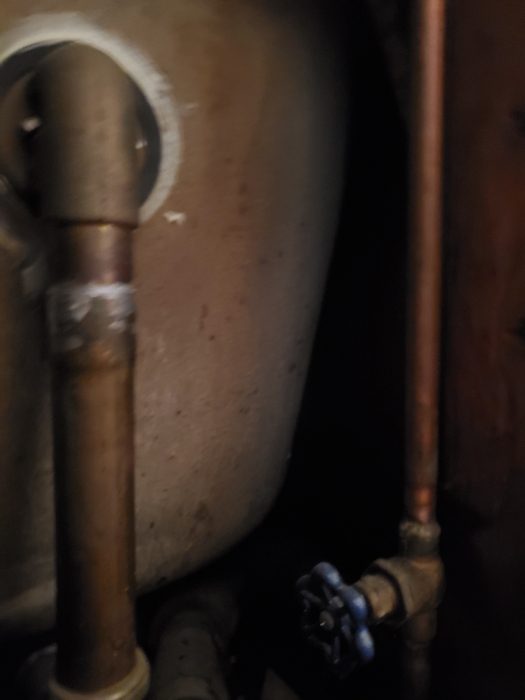
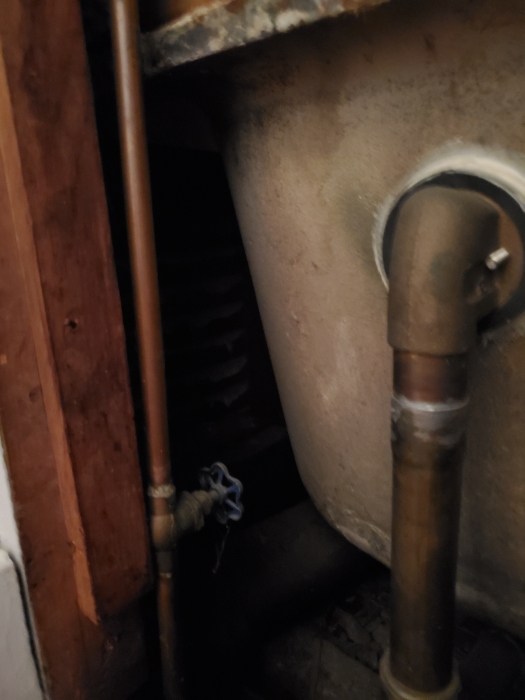




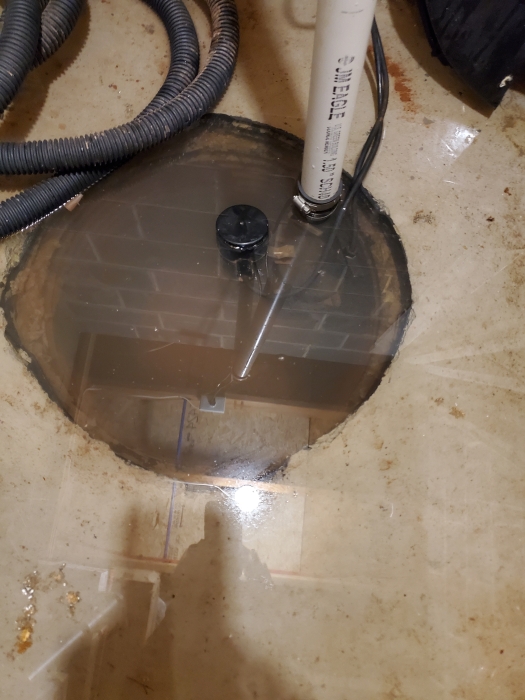





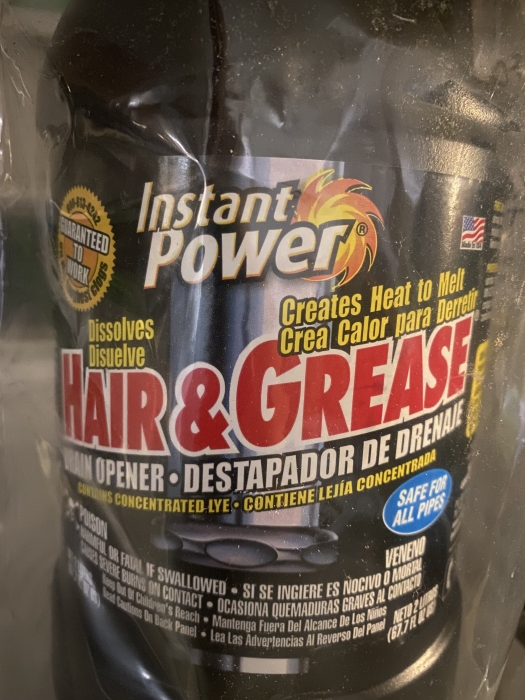
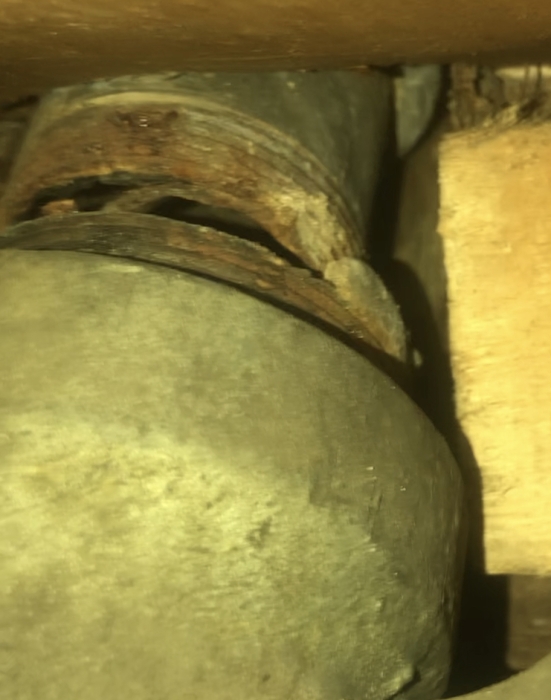




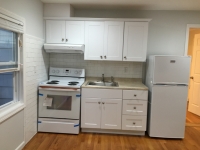

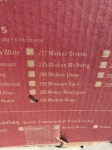




Here are some pics from the access panel for more info.